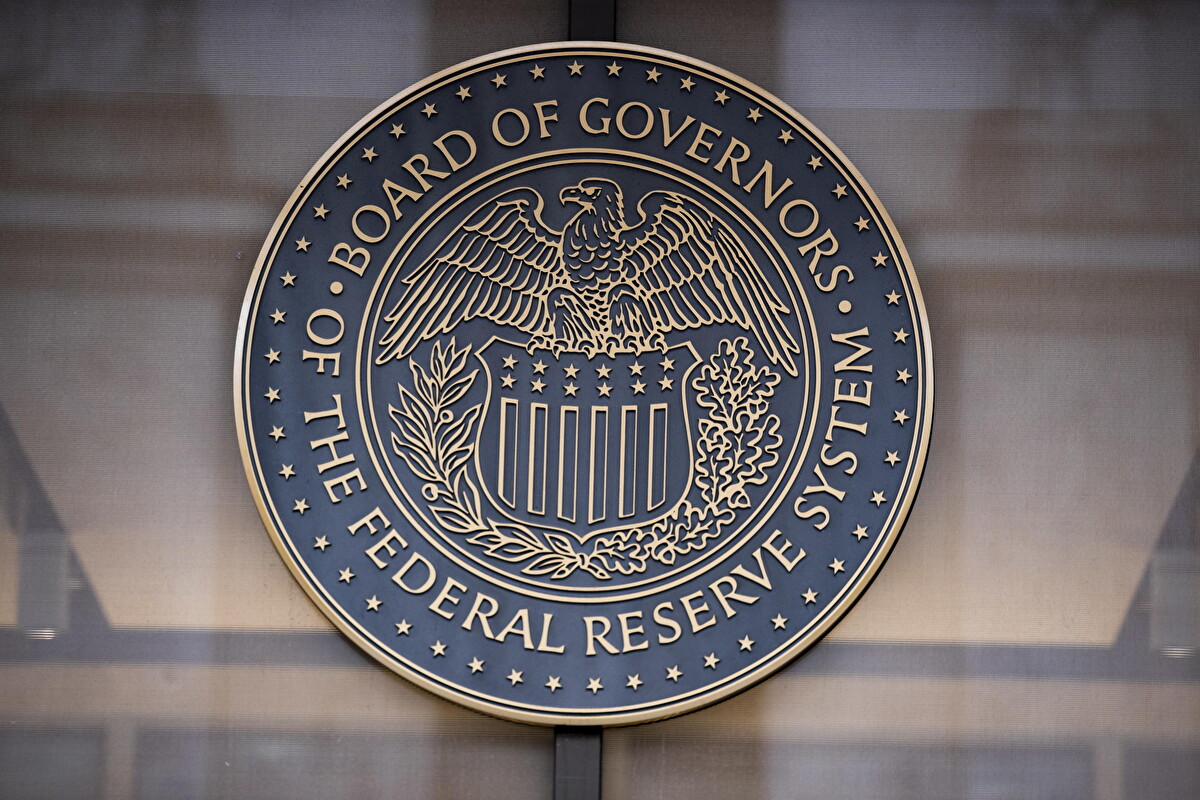The number of Americans filing for unemployment benefits climbed for a second straight week, adding to signs that the labor market is beginning to cool under the weight of renewed tariff uncertainty.
Initial jobless claims rose by 8,000 to a seasonally adjusted 247,000 in the week ending May 31, the Labor Department reported Thursday. The figure came in above the 235,000 forecast by economists polled by Reuters.
The increase, while modest, reinforces concerns about softening labor conditions as President Donald Trump’s trade measures inject new volatility into the business climate. Many companies, reluctant to shed workers after the post-pandemic hiring scramble, are now slowing recruitment amid rising uncertainty.
The Federal Reserve’s Beige Book, published Wednesday, described labor demand as “broadly weakening,” citing reports from several districts of declining hours, hiring freezes, and staffing reductions. “Comments about uncertainty delaying hiring were widespread,” the report noted.
Similar findings were echoed in a May survey by the Institute for Supply Management, which found employment in the services sector holding steady but noted that “higher scrutiny is being placed on all jobs that need to be filled.”
The number of continuing claims — often viewed as a proxy for reemployment — dipped slightly by 3,000 to 1.904 million in the week ending May 24. The figure remains elevated and reflects a more cautious outlook among job seekers, who appear less inclined to switch positions amid growing concerns about job security.
A broader snapshot of labor trends came from outplacement firm Challenger, Gray & Christmas, which reported that U.S. employers announced 93,816 job cuts in May — down 12% from April but still 47% higher than a year ago. The data falls outside the reference period for Friday’s upcoming nonfarm payrolls report from the Bureau of Labor Statistics and therefore carries no direct impact.
According to economists surveyed by Reuters, nonfarm payrolls likely increased by about 130,000 in May, down from 177,000 in April. The unemployment rate is expected to remain unchanged at 4.2%.
A separate report released Wednesday by payroll processing firm ADP provided the clearest signal yet of weakening momentum: private employers added just 37,000 jobs in May — well below the Dow Jones forecast of 110,000 and the downwardly revised 60,000 jobs added in April. It marked the lowest monthly increase since March 2023.
The slowdown reignited tensions between Trump and the Federal Reserve. “ADP NUMBER OUT!!! ‘Too Late’ Powell must now LOWER THE RATE. He is unbelievable!!! Europe has lowered NINE TIMES!” the president wrote on his Truth Social platform, renewing pressure on Fed Chair Jerome Powell to ease policy.
The job losses were concentrated in goods-producing sectors, with manufacturing down 3,000 and natural resources and mining shedding 5,000. Construction added 6,000 jobs, providing a rare bright spot.
In the services sector, leisure and hospitality (+38,000) and financial activities (+20,000) posted gains. However, losses in professional and business services (-17,000), education and health services (-13,000), and trade, transportation, and utilities (-4,000) weighed on the overall figure.
By firm size, small businesses with fewer than 50 employees lost a net 13,000 jobs, while large employers with over 500 workers shed 3,000. Midsize companies gained 49,000.
On the wage front, pay growth held steady in May. Annual compensation increased 4.5% for workers who stayed in their roles and 7% for job changers — levels Richardson described as still “robust.”
The overall picture remains mixed. Job openings data from the Bureau of Labor Statistics released Tuesday showed a stronger-than-expected rise in April, but third-party surveys — including those from Indeed and the National Federation of Independent Business — continue to suggest subdued hiring intentions.
At the Fed, concerns are mounting over how Trump’s trade policy could influence both inflation and employment trends. “I see the U.S. economy as still being in a solid position, but heightened uncertainty poses risks to both price stability and unemployment,” Fed Governor Lisa Cook said Tuesday.
For now, the Federal Reserve is expected to leave interest rates unchanged at its upcoming meeting in two weeks.












